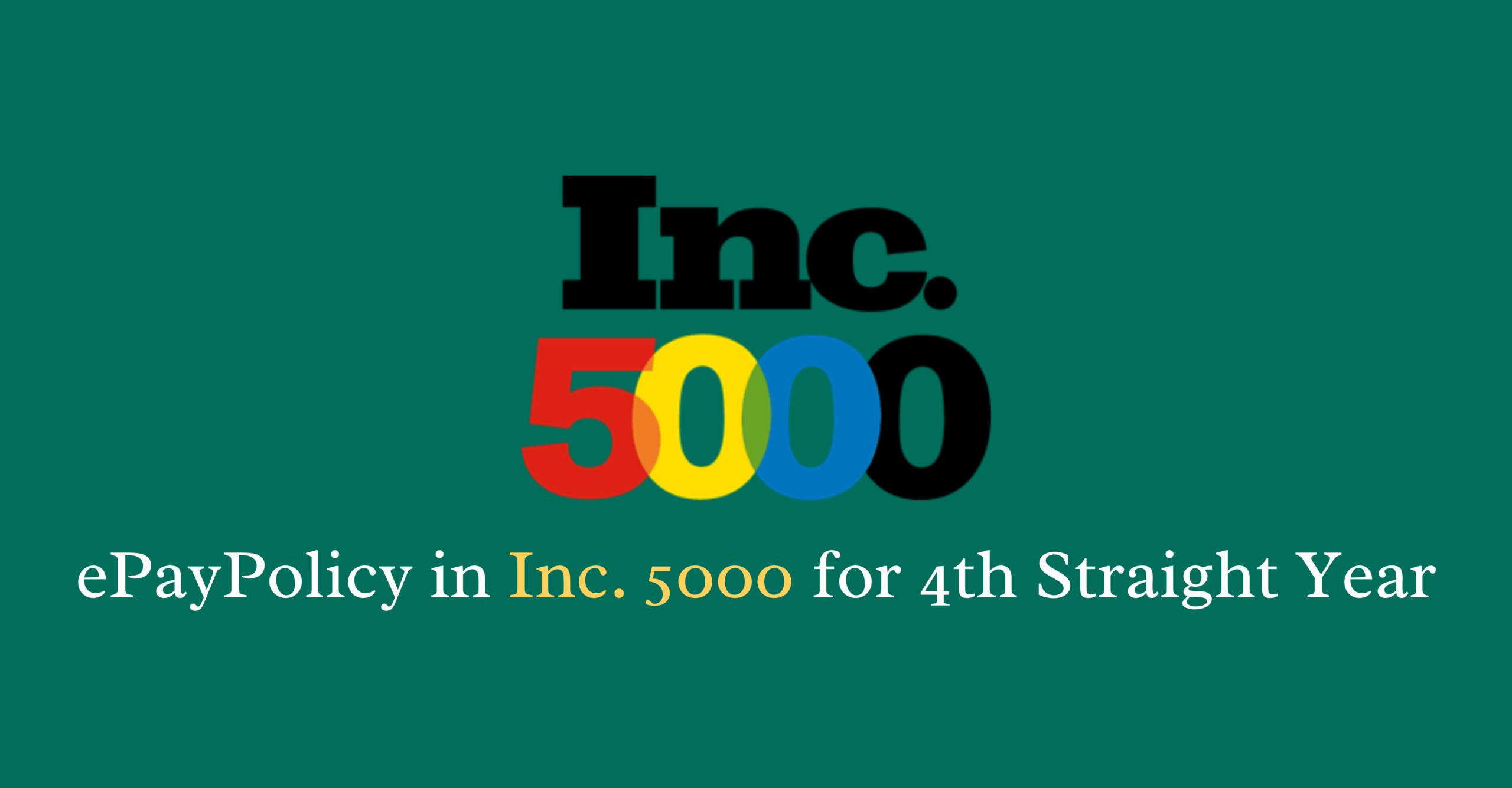Historically, the insurance industry has been known as more traditional and outdated when it comes to technology. However, with the covid pandemic, the rise of insurtech tools, and a more tech-savvy employee and customer base, insurance companies are adopting new ways of doing business. According to a McKinsey report, venture capital investments for insurtech surpassed $11 billion in 2021, doubling 2020’s number. The gap between modern companies and traditional ones is deepening.
Convenience now plays a significant role in people’s decision-making when purchasing insurance. People want coverage in quick, easy, and affordable ways – and insurtech tools aid in doing so.
Not all technology requires big changes, though. And we all know there are some tech tools all insurance companies already have, like a good management system. Sometimes, all you really need is to take full advantage of the current tools, instead of investing in new ones.
Here are four ways to do just that:
- Optimizing Your Management System (AMS)
Management systems are the bread-and-butter of insurance companies, and they boast in being just that. This software is there to equip you with all the tools needed to manage policies, send quotes, and essentially give your customers a simple, one-stop-shop. Because of this, management systems have a wide-range of integrations that make life easier for your team and your clients. Your AMS might be the best place to find insurtech tools that are actually useful and easy to implement, since they integrate with a system you already have in place.
Integrations facilitate instant data transfers between applications and your AMS, improving accuracy and eliminating repetitive tasks. By extending the functionality of the AMS, integrations empower insurance companies to remain flexible and innovative. Some integration examples that add to your AMS capabilities include online document signing (i.e. WeSignature), self-service kiosks (i.e. Pathway) and digital payment collection (i.e. ePayPolicy). Though some integrations come with added costs, it can be insignificant compared to the value they provide (examples provided start at just $15/month).
It’s also important to have connections in the industry that can make processes from your AMS and integrations easier, like agencies partnering with carriers to transfer policy data or with premium finance companies to ease the burden of payment collection. - Boost Your Marketing
We get it, some of our customers operate on a small scale — you might not even have a dedicated marketing hire, let alone time to put out ads on social media or magazines. However, there are simple ways to make sure you’re reaching people who are interested in your business, or even upselling current customers.
Email marketing tools like MailChimp and HubSpot allow you to add customers and prospects and send them automated emails. Instead of bulk sending an email and CC’ing all customers announcing a new product or feature, you can do it through an easy email tool in less time. Organize your audiences, utilize their email templates, and see data on opens and clicks.
Another easy but effective tool is Google My Business (free). Through GMB, you can claim your business profile and fill out as many attributes as possible so that your business shows up when people are searching for you or your offerings. Google will prioritize search visibility for those that take advantage of the tools they offer.Note: before you do any of this, make sure your website is up to date! It shouldn’t just be easy to find, but also easy to navigate and understand. This is usually where your customer gets their first impression of you.
- Artificial intelligence Is Here to Stay
Although artificial intelligence and machine learning are still in the early stages of adoption within the insurance industry, they will become indispensable as more companies utilize data-driven insights to price policies, assess risk, and more. Many predictions state that the emergence of AI will disrupt distribution, underwriting, claims, and service within the industry.
Although the idea of incorporating AI might seem daunting for a small business, there are more accessible implementations available that do not require a steep learning curve or hefty budget. These technologies have the potential of automating simple but tedious processes, and hence simplifying the work of your employees. Chat bots, for example, are sometimes used by insurance companies to answer frequent questions or direct customers to the best available agent.
Another trending tool is Open AI’s ChatGPT. This is a free AI tool that can help guide you in writing emails, social posts, website copy, or simply answering customer questions in a concise manner. Learn how to get started here. The rise of Generative AI tools like ChatGPT opens even more opportunities for chatbot solutions, enhancing new capabilities and improving accuracy of responses. - Team Collaboration
An organized team is an efficient team. Even if your business is just starting, you might benefit from an array of tools that can help you stay on top of projects. The first thing you might want to consider is a messaging tool, like Slack or Microsoft Teams. Slack’s most essential plan is free and Microsoft’s tool starts at just $4 per user.
Another tool that some people overlook is a project management tool. These are great even for “teams” of one. Managing whole lines of business, customer follow-ups, renewals, etc. can be tedious. Having everything organized with due dates, checklists, and documents in one place is highly effective. No need to look back at notes or search your emails. Some popular examples of project management tools include Trello and Asana, both which have free versions.
The insurance industry is on its way to digital transformation. We often overestimate the short-term impact of new technology and underestimate its long-term effect. So what are you waiting for? Dig in deeper into the integrations your AMS offers, claim your business on the most popular search engine in the world, don’t let AI scare you — let it empower you, and expand the tools that make you and your employees’ work easier.
As the old expression goes, “Work smarter, not harder”. Technology is the crutch to help you achieve this. It’s not as daunting (or expensive) as it seems!
- Steve Millerhttps://epaypolicy.com/blog/author/steve-miller/
- Steve Millerhttps://epaypolicy.com/blog/author/steve-miller/
- Steve Millerhttps://epaypolicy.com/blog/author/steve-miller/
- Steve Millerhttps://epaypolicy.com/blog/author/steve-miller/




